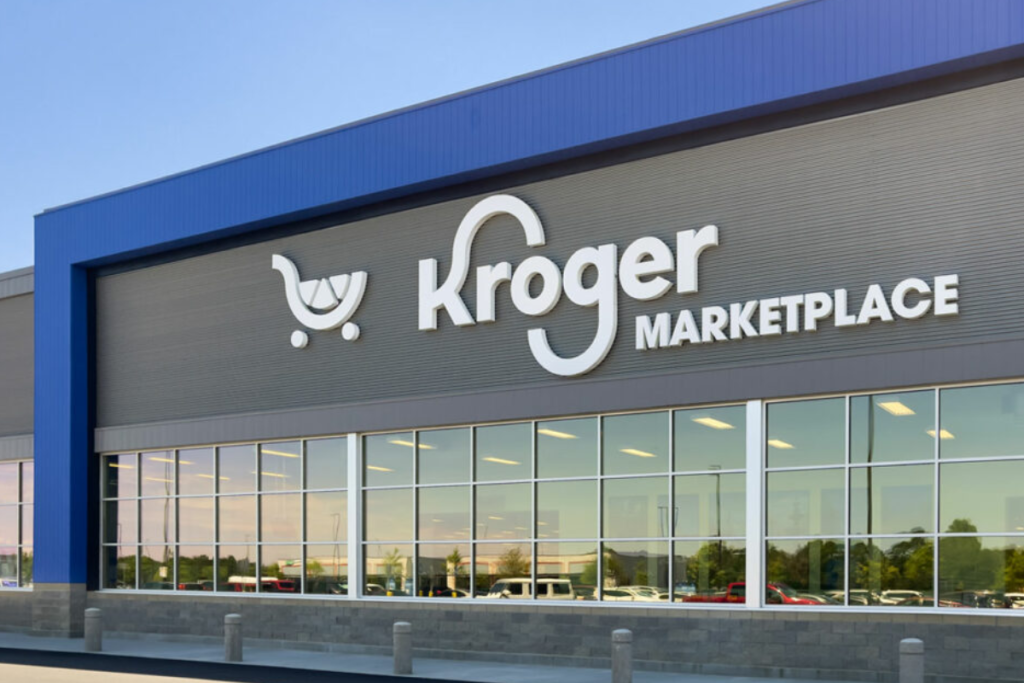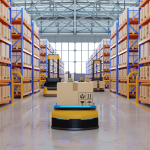Operational consolidation and AI-led inventory control are reshaping how the retailer handles complexity at scale. Kroger is restructuring its fulfilment and inventory operations in response to rising service costs, margin pressure, and a tightening consumer backdrop. Rather than layering incremental efficiencies on top of legacy models, the company is overhauling how it manages fulfilment accountability, inventory execution, and shrink control across its network.
The moves come at a time when volume growth is flat and shoppers are trading down across categories. For large-scale retailers, this environment is exposing the structural cost of dispersed fulfilment systems and inconsistent execution in fresh. Kroger is now pursuing tighter control and integration across digital and physical channels, shifting its supply chain posture from parallel growth to unified performance.
Consolidated Ownership To Rationalise Fulfilment Strategy
Kroger has unified all e-commerce fulfilment, including store-pick, third-party delivery, and automated warehouse models, under a single P&L. That structural change signals a reset in how the company evaluates digital growth, not just by adoption or revenue, but by contribution margin and route-level profitability.
Every market is now under review. The focus is on fulfilment density, service cost by channel, and how digital demand patterns interact with physical store replenishment. This includes evaluating whether current delivery routes and facility assets can support sustainable economics, particularly in areas where volumes have softened or order profiles have shifted.
Rather than expanding infrastructure, Kroger is looking to extract more from what it already owns. No new customer fulfilment centers are planned, and investment is being directed to improve efficiency within the existing footprint. This marks a shift from the growth-at-all-costs phase of digital to a model where service-level differentiation is balanced against operational throughput and last-mile viability.
For those managing hybrid fulfilment networks, Kroger’s approach reflects a practical trade-off. Efficiency is being driven not by standardisation, but by centralising operational control—allowing more deliberate choices about when to serve, how fast, and at what cost.
Shrink Improvement Driven By Embedded AI
Alongside fulfilment, Kroger is also making gains in inventory performance. The company reported a 25 basis point improvement in shrink, led by the rollout of AI-enabled ordering tools across its fresh and center store categories.
Unlike pilot programs or AI overlays, these tools are integrated into core replenishment systems. They support ordering decisions by factoring in sell-through velocity, expiration timelines, and promotional demand, particularly in perishable goods where shrink risk is highest. By aligning inventory movement more closely with shelf-life dynamics, Kroger is reducing waste while improving on-shelf availability.
The AI tools also influence labour allocation. More accurate replenishment forecasts have helped the company adjust associate scheduling and reduce in-store handling time, especially in high-touch departments. The operational impact is not just cost-related—it extends to execution consistency and customer experience.
While the system has not been externally commercialised or named, its expansion signals a growing maturity in how retailers are embedding AI into frontline planning tasks. The emphasis is less on innovation for its own sake and more on measurable improvements in shrink, waste, and inventory productivity.
Reclaiming Control In Complex Operating Environments
Kroger’s restructuring points to a deeper operational lesson. When fulfilment, inventory, and replenishment are managed in isolation, optimisation efforts often fall short at the network level. Centralising ownership across these functions enables more strategic trade-offs between service levels, asset use, and margin. For operators facing similar scale and complexity, the path to resilience may rely less on adding capability and more on reconnecting the ones already in place.







